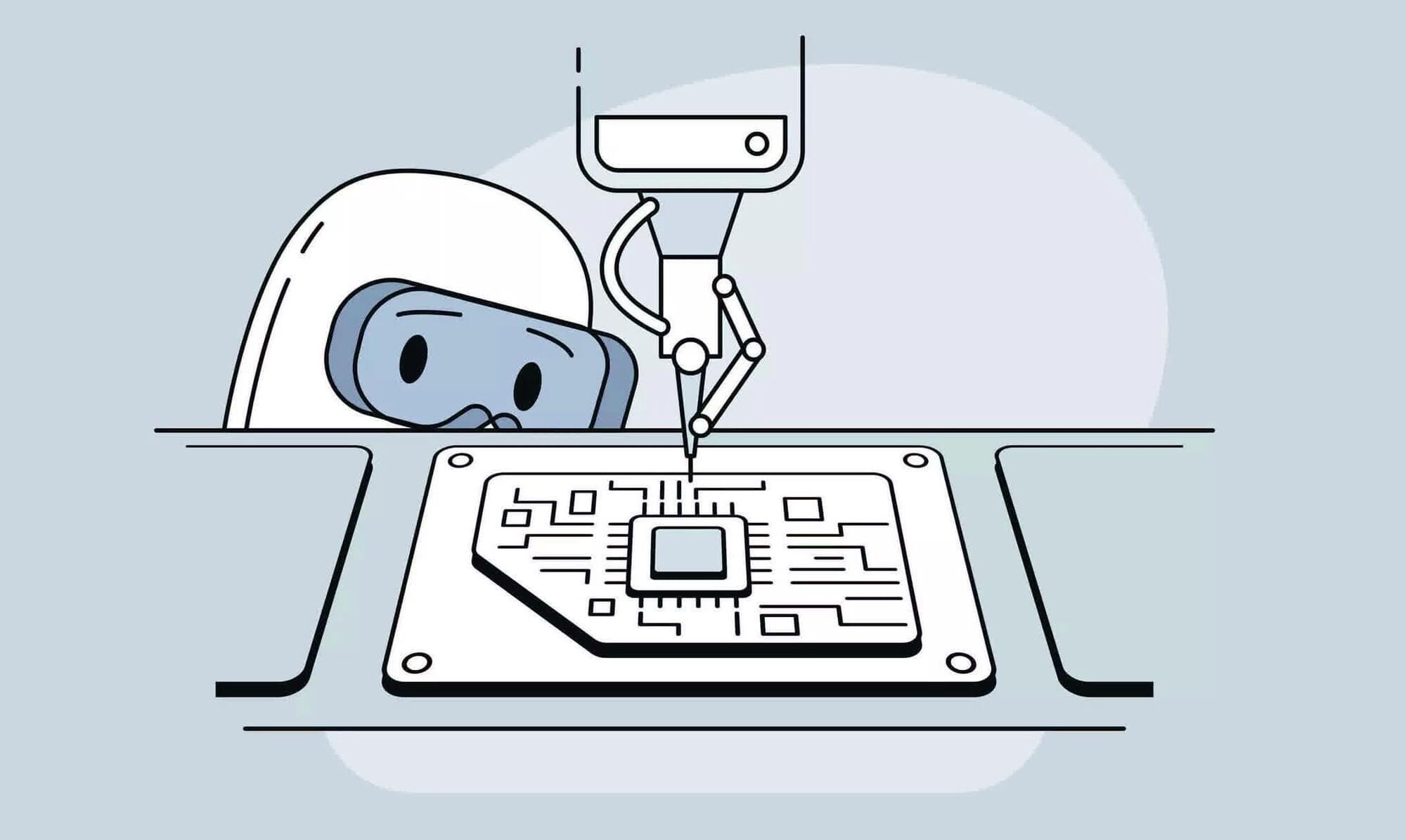All of the cooling methods we’ve discussed so far work by the simple transfer of heat from a hot chip to the surrounding air. This means a chip can never get colder than the ambient temperature of the room it’s in. If we want to cool below ambient temperatures, or if we need to cool something massive like an entire data center, we need to apply some additional science. This is where chillers and thermoelectric coolers come in.
Thermoelectric cooling, also known as a Peltier device, is not very popular at the moment but has the potential to become very useful. These devices transfer heat from one side of a cooling plate to the other by consuming electricity. They use special thermoelectric materials that can create a temperature difference via an electric potential.
When a DC current flows through the device, heat is absorbed from one side and transferred to the other, allowing the “cool” side to drop below ambient temperature. Currently, these devices remain niche because they require a lot of energy to achieve significant cooling. However, researchers are working to develop more efficient versions for broader use.
